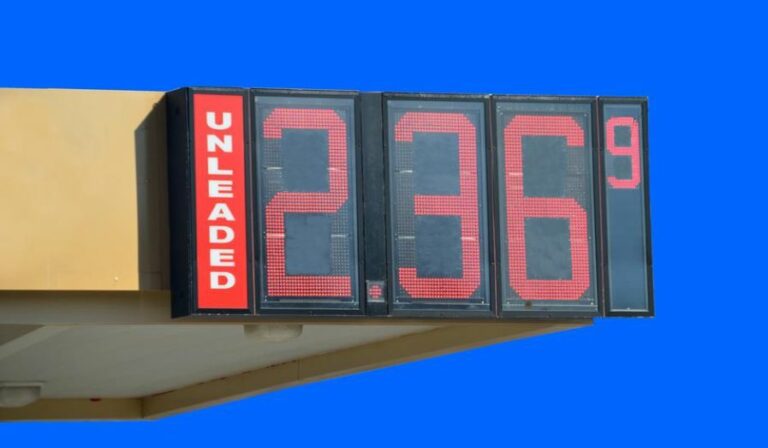Energy prices are rising across Europe with no end in sight, as the latest figures from Europe’s official statistics agency show. Energy annual inflation in the EU reached 41.1 percent last month, up 14.1 percentage points since the start of this year.
When breaking down ‘energy’ into the different subcategories, we can see that gas is seeing the greatest inflation hikes, with the European average hitting 51.4 percent in June, a 10.7 percentage point increase from January 2022. Europe’s gas has become increasingly expensive in the wake of Russia’s invasion of Ukraine as the bloc, usually highly dependent on Russian gas, looks elsewhere for energy. This increased demand has sent prices soaring, directly hitting consumers. In Germany, an average family of four can now expect to pay an additional 480 EUR ($509) a year for gas after an additional tax on gas consumption was established to help cover the cost of replacing Russian supplies, as reported by Reuters. The government will, however, be bringing in new aid measures to alleviate some of the pressure on consumers.
As our chart shows, fuels – including petrol, diesel and other fuels – hit 45.2 percent inflation last month. This data comes as Big Oil companies released their Q2 reports, which saw companies such as Exxon, BP, Shell and Saudi Aramco rake in huge profits. Electricity too has seen a surge in prices, hitting an inflation rate of 29.7 percent in June. This comes down to a number of factors, including high temperatures and an unusually dry winter and spring having led to droughts, in turn contributing to the reduction of nuclear and hydroelectric power.
According to Eurostat, the inflation rate for energy is the highest it’s been since the Harmonised Index of Consumer Prices (HICP) was first published back in 1997.
You will find more infographics at Statista
Ask me anything
Explore related questions






